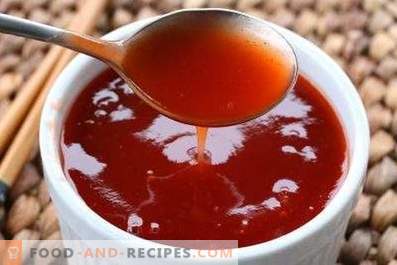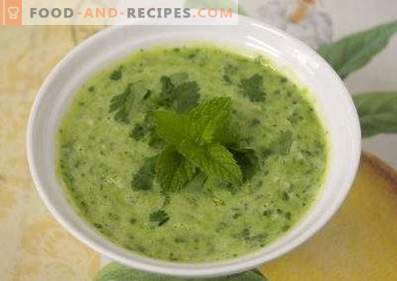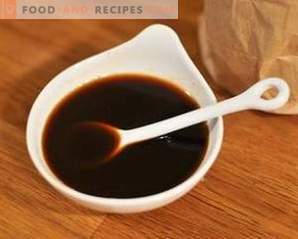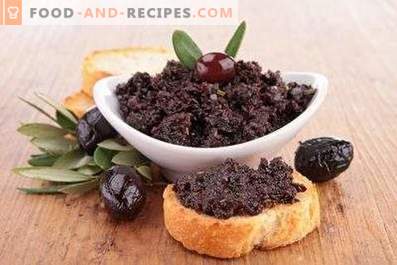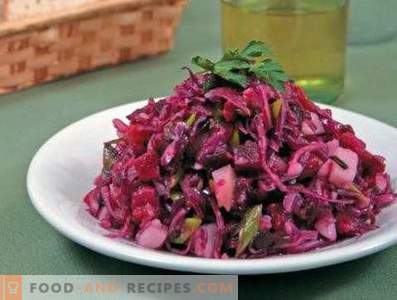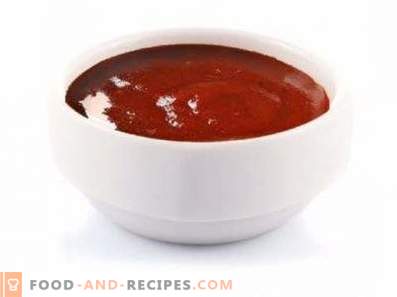
In all countries of the world one can meet lovers of Korean cuisine. Especially popular are her vegetable salad dressings and the salads themselves. Kimchi sauce is a salad and marinade at the same time, it all depends on what consistency his chef made. Initially, Peking cabbage was called so in a special savory marinade, and later it began to include fruits that gave the paste a new taste. Fans of Asian cuisine have the opportunity to purchase the legendary sauce over the Internet, but many housewives do not miss the opportunity to cook a famous dish with his own hands. It is possible to make kimchi sauce at home, but for this you have to get the basic ingredients and learn a few features of the technology.
Cooking Features
Kimchi sauce is a little like any other, but because it has its own specific cooking.
- The main ingredient of kimchi sauce is kochujan pasta. It is made from fermented beans and rice with the addition of a large amount of hot pepper. There is no alternative to this pasta in European cuisine. If you do not have the opportunity to get this component, you can replace it with thick burning ketchup or pepper sauce, but the taste of the final product will differ from the original one.
- Another ingredient commonly found in kimchi sauce is fish sauce. Find it in stores is difficult, there is nothing to replace. In extreme cases, you can exclude it from the recipe or replace it with broth. The taste of the finished sauce will suffer from this, but only a true connoisseur of Korean cuisine, who is familiar with the taste of the original snack, can notice it.
- The remaining ingredients of the sauce are more available. They can be replaced with identical products: lime juice - lemon juice, rice vinegar - apple or wine. The result is almost no effect.
- Some variants of kimchi sauce have a specific smell that not everyone will like. Peking cabbage, which has lain in it for a long time, gives it a dressing. If you are sensitive to flavors, it is better to give preference to the dressing, which consists of fruit. She will have a pleasant aroma with fruity notes.
Korean dishes are famous for their spiciness. The kimchi sauce is superior to many of the well-known Korean gas stations. It should be used with caution by people suffering from diseases of the gastrointestinal tract, hypertension.
The classic recipe for kimchi sauce without cabbage
Composition:
- ginger root - 30 g;
- garlic - 3 cloves;
- lime juice - 40 ml;
- rice vinegar - 40 ml;
- fish sauce - 20 ml;
- sesame seeds - 20 g;
- Kochujan paste - 100 ml.
Method of preparation:
- Peel ginger root, chop on a grater.
- Chop garlic cloves by passing through a special press.
- Put ginger and garlic in the bowl of the blender, whisk them. This is done to ensure that the sauce has a smoother texture.
- Add Kochujun paste to the products, whisk all together.
- Add lime juice, vinegar and fish sauce.
- Stir in ingredients with a blender, transfer to bowl.
- Fry the sesame seeds in a dry frying pan for 2-3 minutes, add it to the container with the sauce. Stir by hand.
- Put the sauce in a glass jar and put it in the fridge.
The classic kimchi sauce is very spicy, you should not add it in large quantities in dishes. If the jar is sterilized for it, the sauce can be stored in the refrigerator for up to 2 weeks. If you like burning seasonings, during this time you will have time to deal with it.
Traditional recipe for kimchi sauce with Chinese cabbage
Composition:
- Chinese cabbage - 0.5 kg;
- carrots - 100 g;
- onions - 70 g;
- garlic - 5 cloves;
- fresh ginger - 30 g;
- green onions - 20 g;
- fish sauce - 20 ml;
- gochujan paste - 50 ml;
- rice flour - 30 g;
- water - 0, 2 l;
- salt, sugar - to taste.
Method of preparation:
- Cut cabbage leaves at the base. Wash the leaves, spreading them with your hands, under running water. Salt each leaf and leave for 4 hours. Some suggest salting cabbage in brine for two days, but in this case you need to be prepared for the fact that it acquires a specific smell.
- Cut green onions into large chunks, cut carrots into straws or grate, using a grater for Korean salads.
- Ginger and garlic, cut into small pieces or rubbed, chop in a blender. Do the same with the bow.
- Dilute flour in a glass of water, heat it. When the mixture begins to boil, add 1-2 tablespoons of sugar, mix. Cook a bit until the mixture has the consistency of a kissel.
- Mix the gochujan pasta with carrots, green onions, and ginger-onion-garlic mixture.
- Rinse the cabbage, squeeze, twisting the leaves.
- Brush the cabbage leaves with the mixture and put it in the fridge.
Before serving, the appetizer should be finely chopped with a knife and mixed so that it acquires the consistency of a thick sauce. If desired, you can add apple pulp, crushed in a blender, to the sauce, then the flavor will be completely different: soft, fresh, savory.
If you doubt that you will like the taste of kimchi sauce made according to the original recipe, try using an adapted version of it. Place in a saucepan 80 g of butter, a tablespoon of honey, 100 ml of gochujan pasta and cook over low heat until the sauce has a uniform consistency.
Kimchi sauce in Korea is considered one of the best gas stations. It is used in the preparation of several dozen dishes. You can make it at home.

